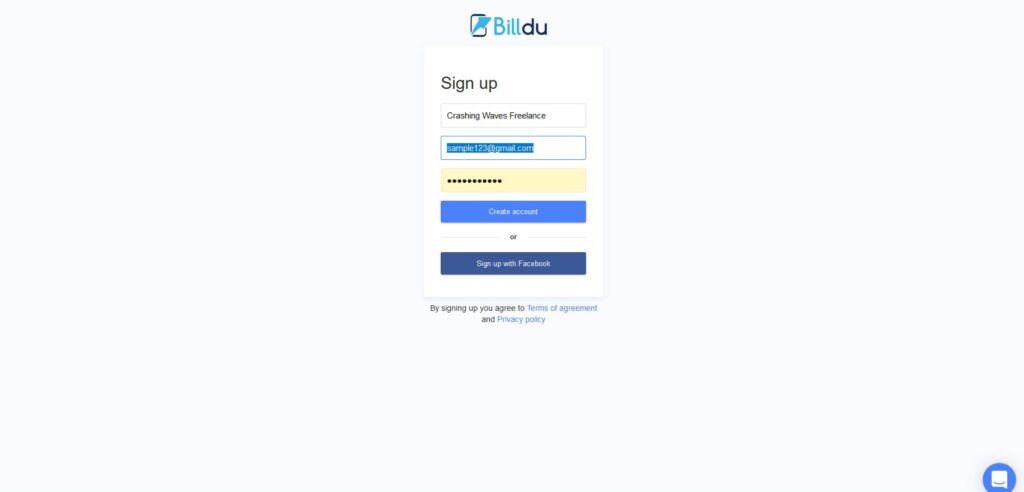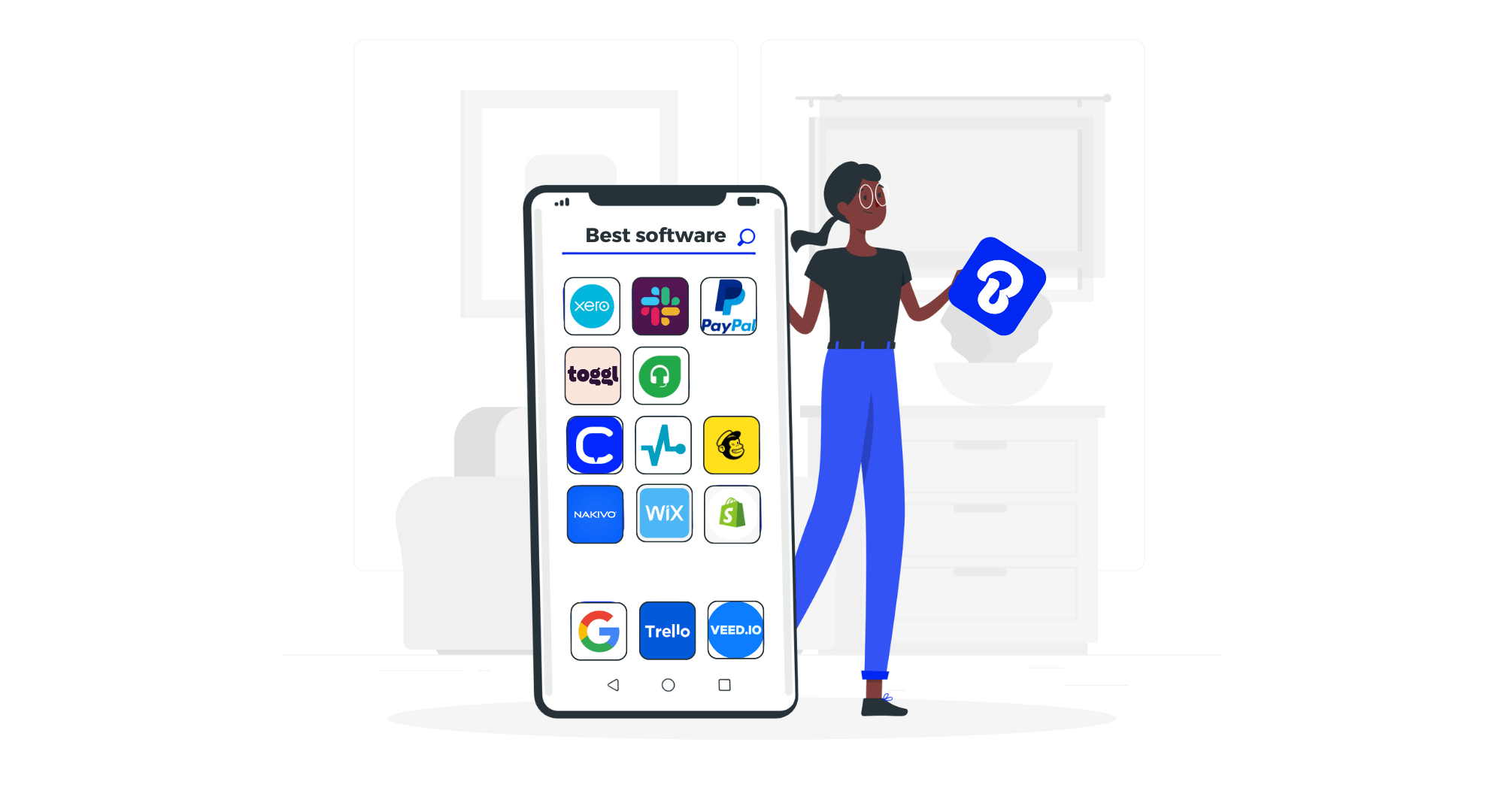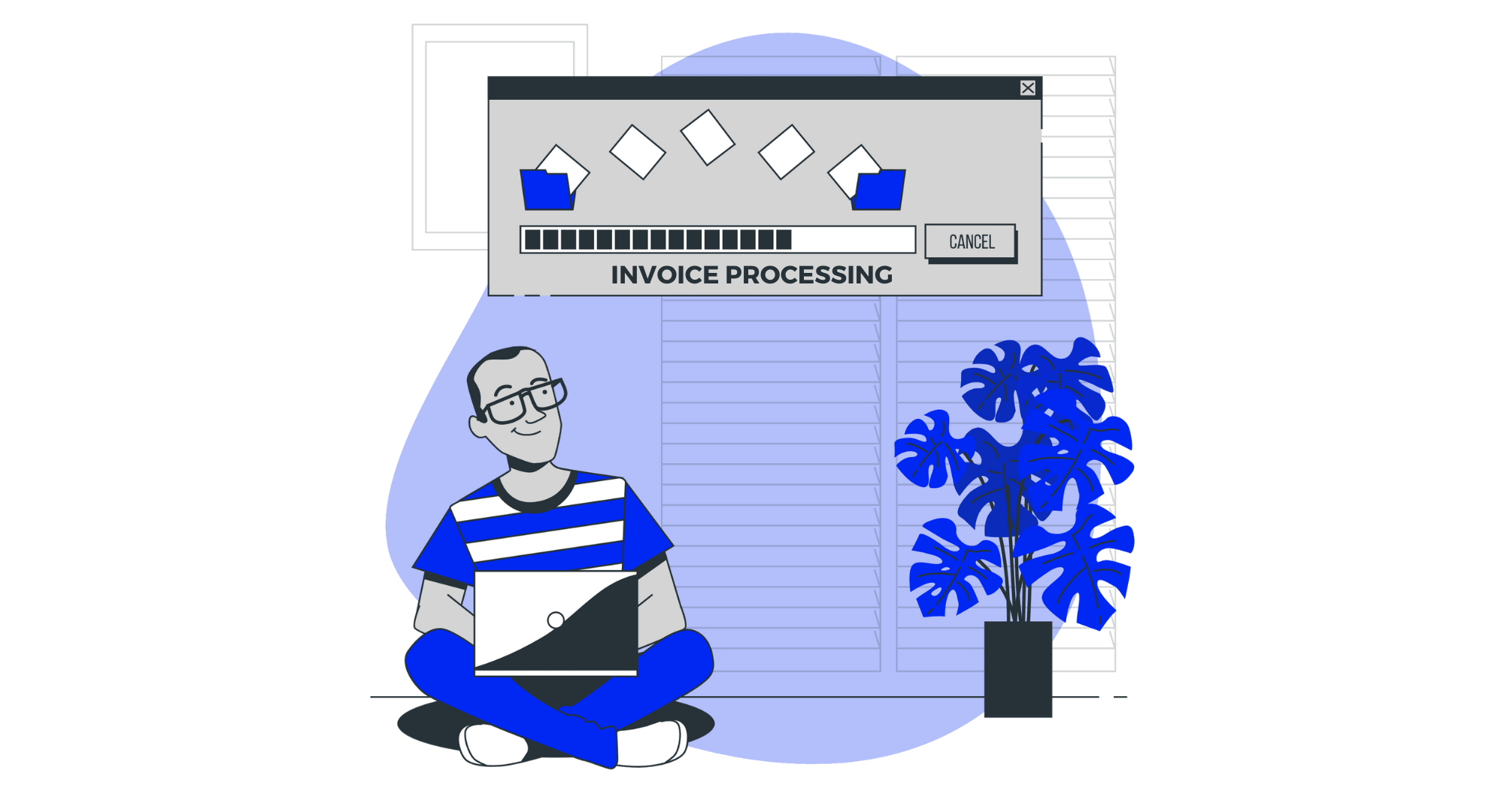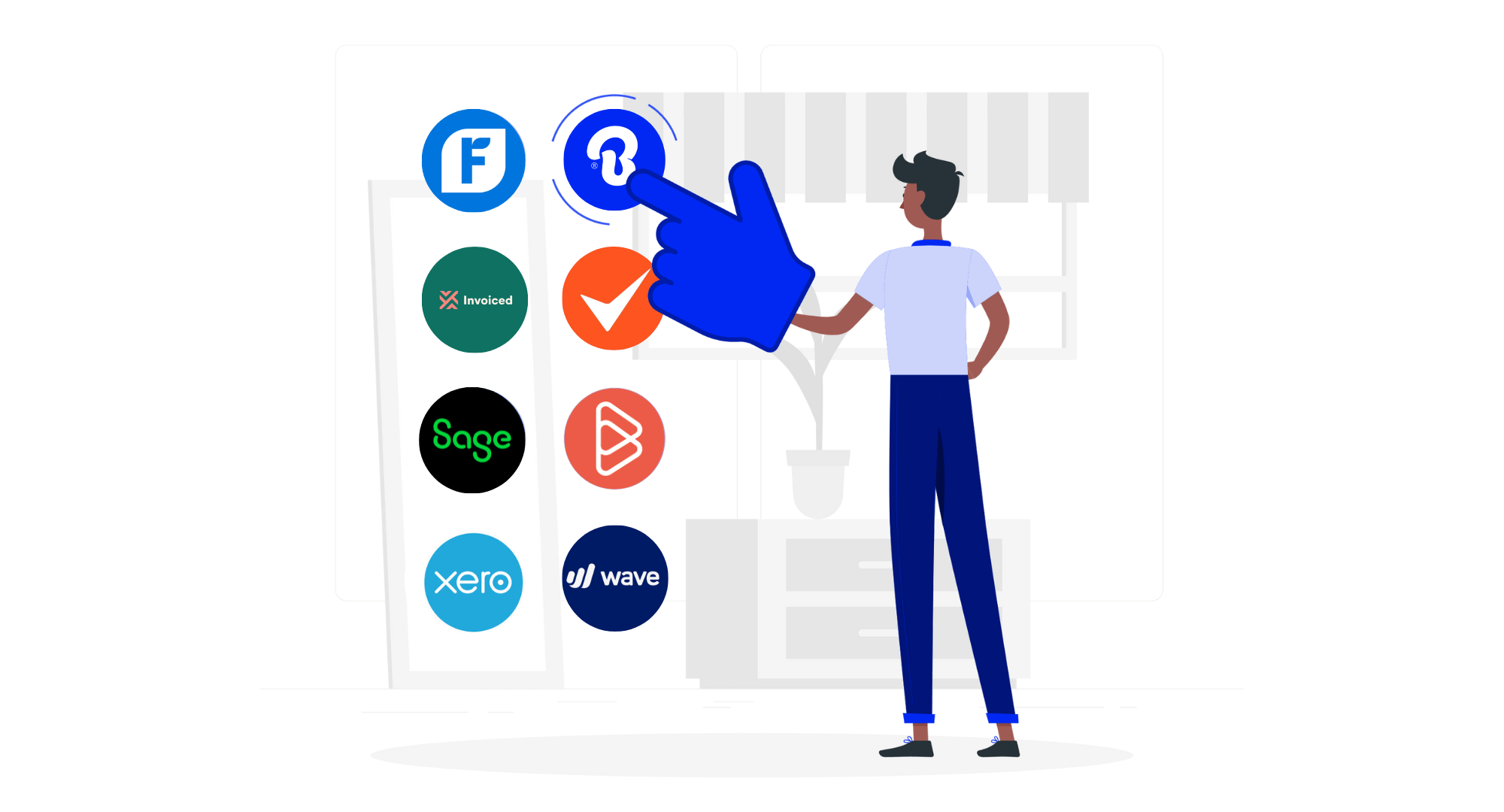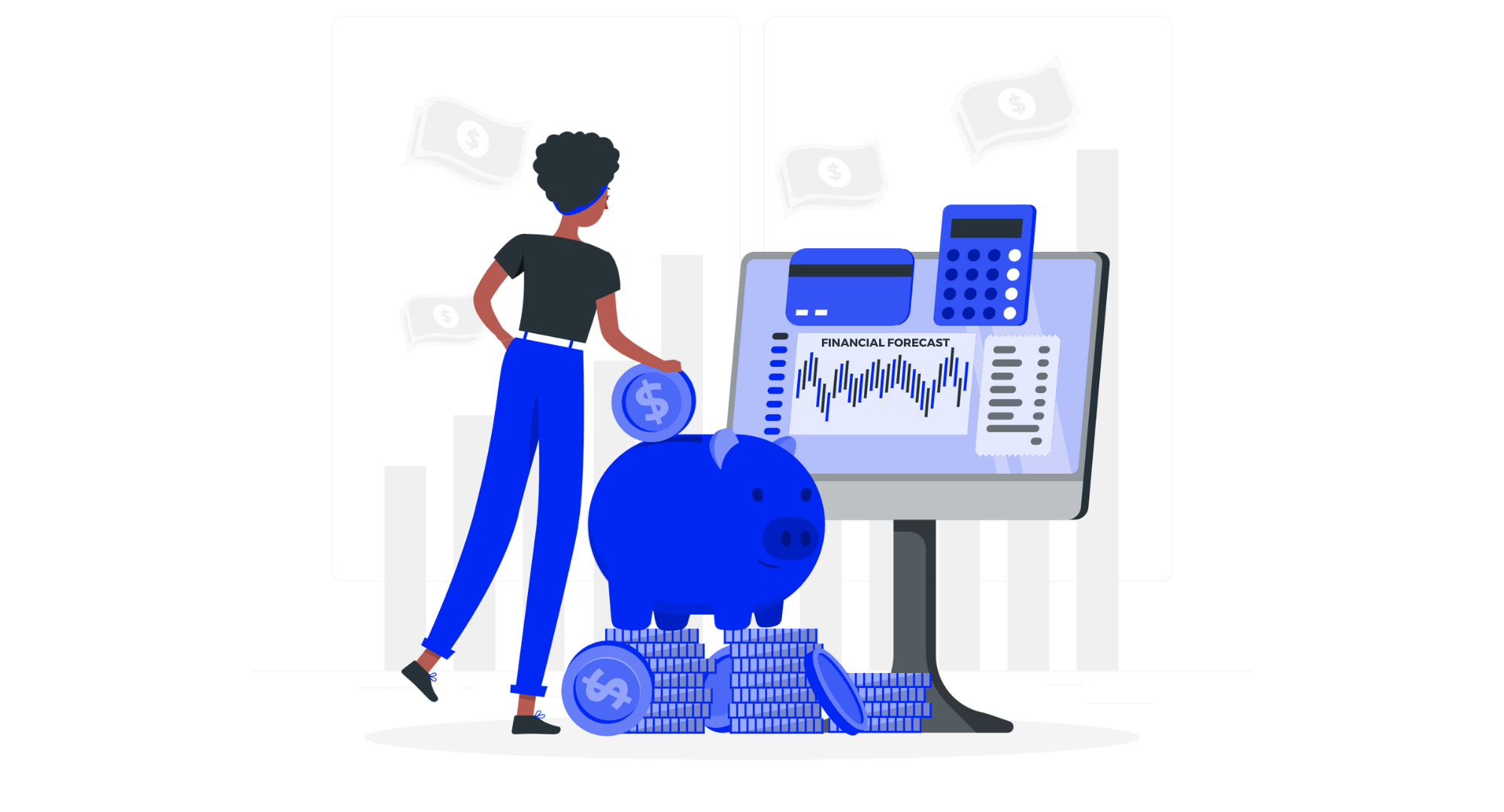
There are many challenges when you start your small business and begin managing it daily. How do you strike the balance everyday between incoming and outgoing cash flow? Many small business owners have money concerns at the top of their list.
The good news is, there are many ways you can give your business a positive financial overhaul and improve your finances. They don’t have to be large-scale changes to be effective, either. The following tips and software ideas represent practical small business money management tips you can adopt right now.
Why Having Solid Finances for Small Businesses is so Important
Small business money management is the process where you handle the daily finances associated with your business through setting goals, creating a budget, tracking income and expenses, and investing. If you have a solid plan in place for your small business, you can avoid having negative cash flow.
Another essential reason to keep an eye on your finances for small businesses is to ensure you stay on track to turn a healthy profit. You’ll avoid common money problems like making late payments, not collecting your accounts receivable, and falling short with money for your expenses. Additionally, it helps you locate and keep funds that keep your business afloat in slow seasons or months.
12 Small Business Money Management Tips
To keep your business running smoothly, you need enough money coming in to cover your business’s expenses. Put these tips to use to learn how to effectively manage your small business’s money effectively.
1 – Before Your Sign, Negotiate with Your Vendors
Sometimes, you have to work to get a good bargain. When you make purchases from specific vendors or contract suppliers, don’t sign the contract right away. See if they’re open to negotiating a lower price. Also, remember to take a good look at the purchase terms like grace periods and penalties for paying late. In some circumstances, getting an extra 30 days to pay is better than a 5% discount upfront.
2 – Don’t Mix Your Personal and Business Expenses
Second of our money management tips – for a good reason! There are dozens of reasons why you want to keep your business and personal accounts separate like personal liability, tax issues, and mixed up accounting records. If things get tight with your business finances, don’t use your own funding to secure your business finances. Doing this can lead to a mess you’ll pay for later.
The easiest way to keep these expenses separate is to create a budget. Use this budget for your personal funds and to create a budget for your business. Follow them and ensure that business loans or credit cards don’t end up on your personal expense budget and vice versa. You’ll make your accountant happy that they don’t have to try and untangle your finances.
3 – Be Frugal
While you don’t have to obsess over coupons to save money on your everyday business expenses, frugality is a must. If you get mail-in rebates, follow through and send them in. Buy your equipment and furniture secondhand or rent it. Go green and install LED lighting to help cut down on your utility costs.
4 – Don’t Make Late Payments
Just like your personal finances, you want to pay all of your business bills on or before the due date. Loan payment and credit card fees can add up very fast, but so does paying constant late fees on vendor bills. The same line of thinking goes for your taxes, but taxes have much more severe monetary penalties.
Set up monthly reminders for all of your bills to ensure nothing slips through the cracks. You’ll have a skinny profit-loss margin when you first start. Avoiding multiple late fees could mean the difference between ending the year in the black or red.
5 – Take an Accounting Class
Just because you have a small business doesn’t automatically make you fantastic with money, but you have substantial financial decisions on your plate. Even if you hire an accountant or bookkeeper, you want to understand business accounting basics. Take an Introduction to Accounting course either in-person at your local community college or online. Learn how cash flows in and out of your business.
The more you know and learn about small business money management, the better you’ll prepare yourself to make smart money decisions. No matter how large or small your financial challenges are, nothing can replace being hands-on and proactive.
6 – Monitor Your Spending
Do you know how much you spend with your business every day? How about every week or month? If you don’t carefully monitor your spending, you could end up with bills you don’t need or can’t afford. Overspending can lead to massive issues like the misuse of funds.
It’s common for business owners to have several business-related accounts like a credit card account, savings account, and checking account. Monitor all of them to see how much you withdraw from each one. This monitoring will help you to keep on top of your account balances.
It’s deceptively easy to use your business checks, debit card, or credit card to cover several small expenses. A new coffee machine here or lunch for the staff there, it all adds up relatively quickly. If you don’t keep tabs on your spending, you could end up with a hefty bill or an overdrawn account with fees.
7 – Don’t Neglect Your Accounts Receivable
If you have credit options for your customers, you’re aware that you may not get the money owed for services or products until the due date or after it. After a week or month goes by, it’s easy to neglect your accounts receivable. Remember the money customers owe you and pursue payment from them.
To help you keep your accounts receivable in the front of your mind, record them. Send out regular invoices and late notices to customers, and keep doing it until they pay you. If you need the money sooner than the due date, offer an early payment discount.
8 – Time Every Purchase
You want to avoid instances where you have low cash flow, and timing your purchases can help. Resist the urge to make unnecessary purchases until you pay all of your bills for the month. Also, wait until you have enough cash in your accounts to cover any new expenses that may come up.
Timing your purchases can decrease your business’s tax liability, as well! Before the end of the year, it’s a good idea to consider stocking up on tax-deductible items like business supplies. You can claim these on your tax return and reduce the amount you owe.
9 – Create and Stick to a Budget
Sit down and put in some time creating a budget, and plan to keep up with it. This can significantly simplify the way you manage your business’s finances. A budget will help you set clear revenue and expense goals.
The budget will outline the expenses you incur while operating your business. When you know exactly how much you can spend, it’s easier to manage your spending habits. A budget can also forecast your future business revenue. If you see that your revenue forecast is lower than you budgeted for, start looking for ways to cut expenses and increase your income.
10 – Manage Your Inventory
Do you have a habit of ordering too much inventory that sits and collects dust in your stock room? Or, are you on the other end of the spectrum, and you’re always running out of in-demand products that cause you to turn away customers? Improving how you manage your inventory can help you balance your small business’s finances.
Start tracking how much inventory you have and avoid going over the fine line between not having enough and having too much. Record your inventory sales and purchases in your software and take time to monitor how much you have in stock before you order more.
11 – Cut Your Costs and Increase Your Revenue
These two small business money management tips are relatively straightforward, but people struggle with increasing their income while decreasing their expenses. If you’re having trouble finding the balance every day, make it a point to find ways to cut your costs and increase your revenue.
Do you know how to control business expenses? To cut your costs, find and take a hard look at your expenses. When you get an idea of your spending areas and how much you spend, you can start cutting out frills. Shopping for new vendors can also cut costs.
You can work on increasing your business’s revenue by promoting your products through email marketing, offering discounts, adding new products, or setting up a referral or loyalty program to gain and keep your customers.
12 – Set Aside a Cash Reserve
While putting small business money management tips into everyday practice can dramatically improve your cash flow management processes, having a cash reserve is a good idea. The unexpected can happen, and you don’t want to scramble for funds to cover an emergency.
To start your cash reserve, open a business savings account. Make a point to regularly deposit money into the account, and don’t dip into it unless you have no other choice. This will help you in a pinch, and it can give you peace of mind.
How to Set Up and Track Expenses with Billdu
Billdu lets small business owners manage their finances by helping them set up and track their expenses. You can monitor your payment schedules, cash flow, invoices, expenses, and more all in one dashboard. Our step-by-step guide will tell you how to get started and use Billdu to your most significant advantage.
Step One – Create an Account
The first step you take is to go to Billdu.com and create an account. Click on the “Registration” button located on the top of the screen. A new tab will open that prompts you to fill in your information and create your account.
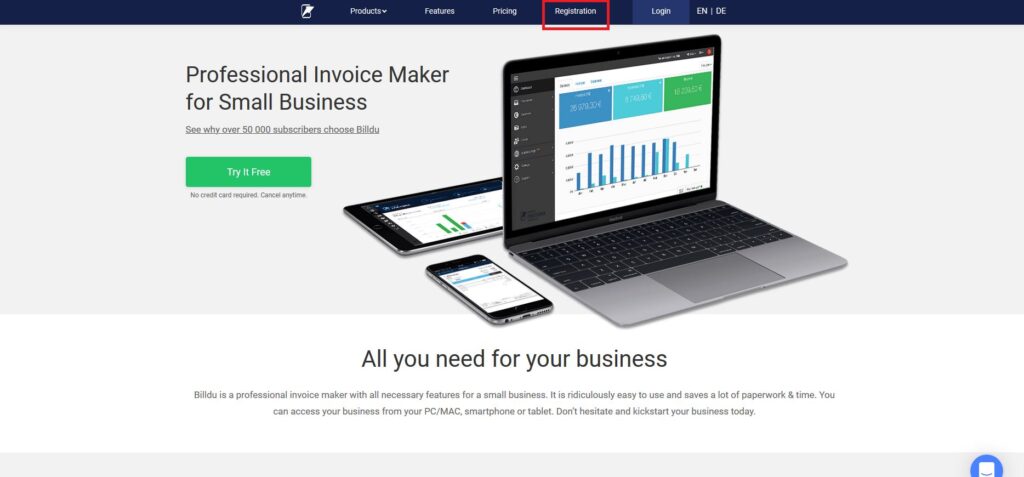
Step Two – Fill in Your Personal Information
When the new tab opens, you’ll fill in your business name, email, and password. Once you get everything in these fields, click on the “Create Account” button.
Step Three – Your Dashboard
Billdu will send you a link to validate your email. Go to your email, find the link, click where it tells you to, and it’ll bring you back to your dashboard. Once you get here, take a little time and explore it to see what options you have available to you.
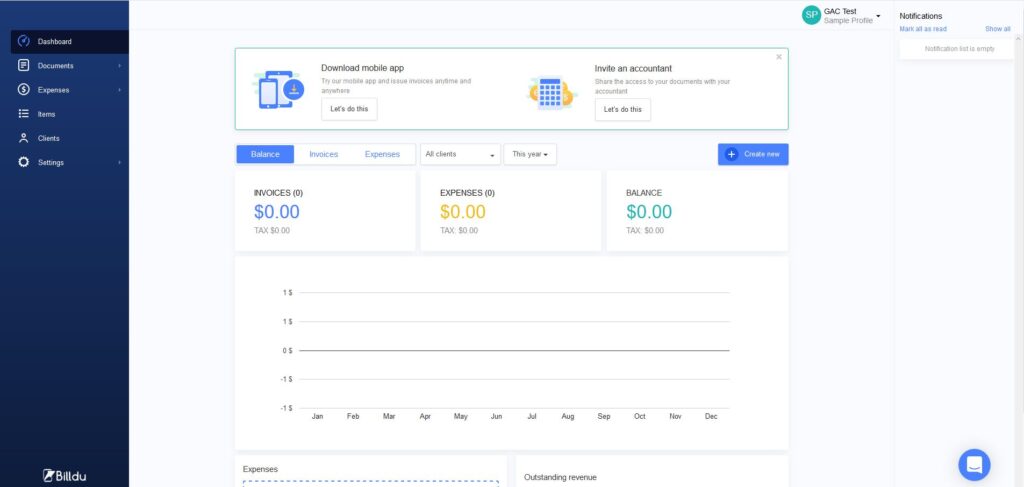
Step Four – Find Your Expenses Tab
If you look to the left side of your dashboard, you’ll see an “Expenses” button with a small white arrow next to it. Click it to open a cascading menu. Clicking here will bring you to your expense dashboard, where you can see one-time and recurring expenses.
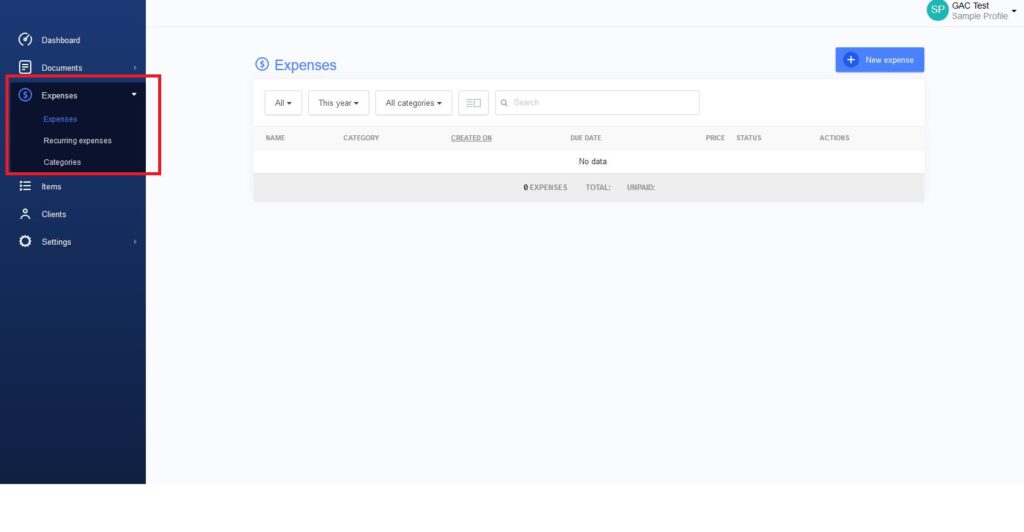
Step Five – Set Up Your Expenses
If you look to the right, you’ll see a blue button with a + sign that says, “New expenses.” Click on it. A new expense form will open that you can fill in to help you track everything. You can fill them in manually or drag and drop documents to auto-populate the fields.
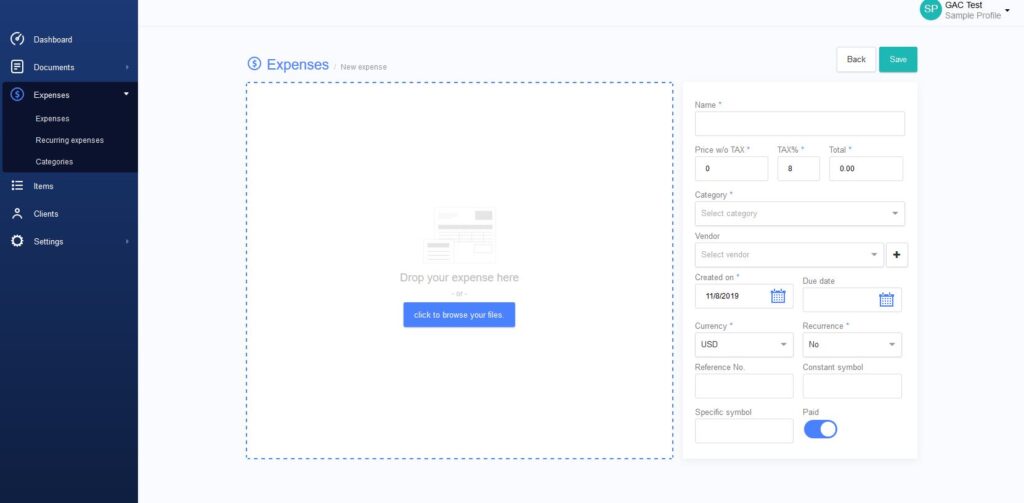
Step Six – Fill in Your Expense Information and Save It
The next step is to fill in the expense information for a one-time expense. You want to fill in the name, price without tax, tax amount, vendor, created, due date, currency, whether or not it’s recurring, reference number, and a symbol if it has one.
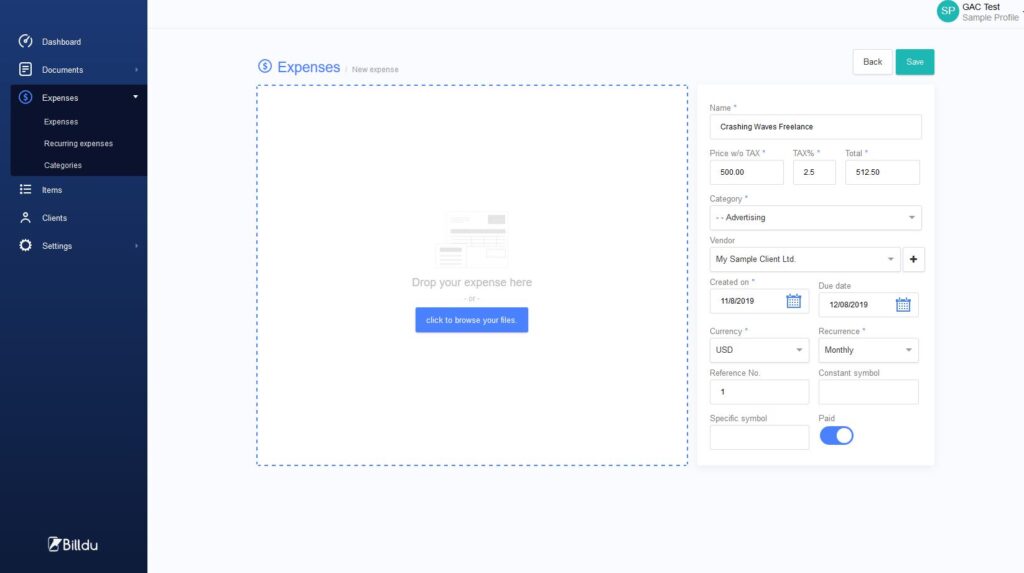
Step Seven – Monitor Your Expenses and Recurring Expenses
You’ll create your expenses as you need them for your business. We set Billdu up so it’s easy to keep your one-time and recurring expenses separate. If you go to your dashboard, you’ll be able to tell at a glance what your costs are.
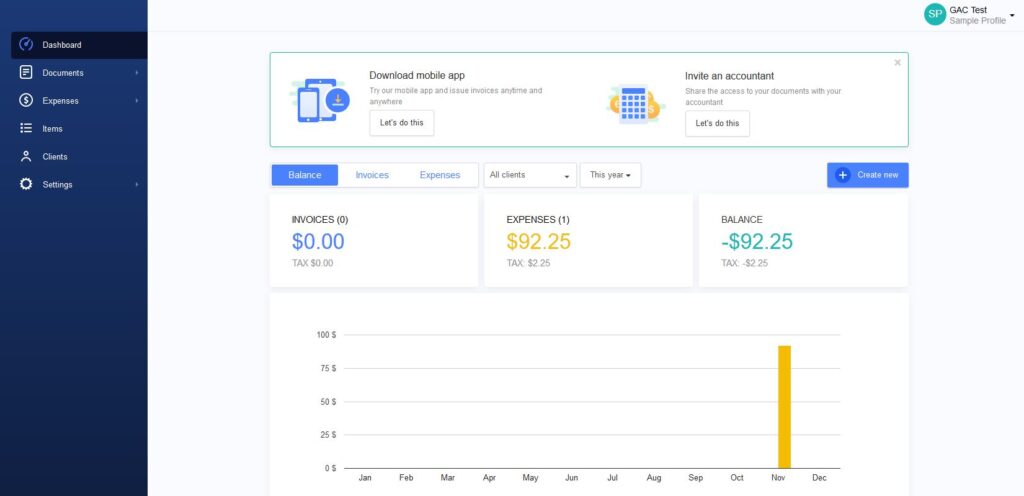
Register for a Free Trial with Billdu Today!
If you need comprehensive small business money management, use Billdu. You can sign up for your free trial and see how easy it is to use today!



